
What is carbon capture?
Carbon dioxide (CO2) emissions generated by human activities have led to an accumulation of greenhouse gases in the atmosphere that is causing an increase in
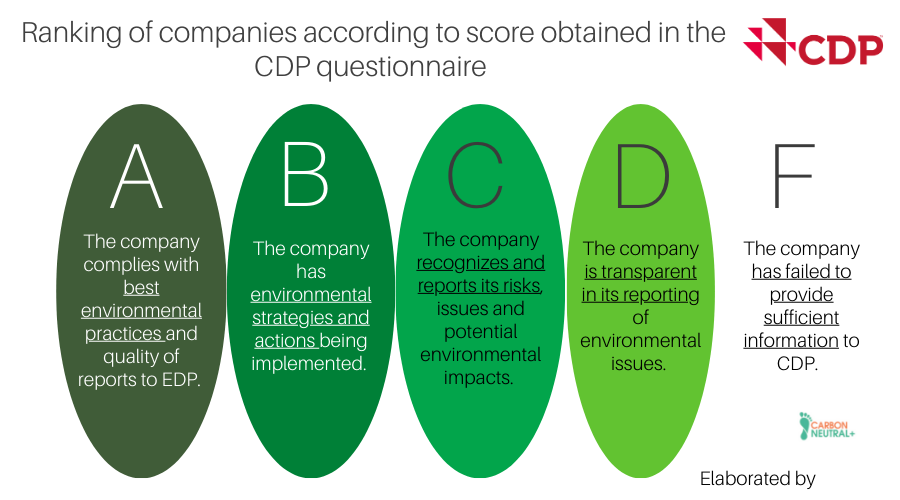
Peter Drucker, a great businessman, said “what cannot be measured, cannot be improved”. With this objective in mind, the Carbon Disclosure Project, also known as CDP, was born in 2000. Its objective was to solve one of the biggest environmental problems at the time: the lack of public disclosure of carbon emissions generated by large industries.
The Carbon Disclosure Project report allows all companies around the world to publicly report their contribution to climate change. This report is based on a questionnaire, which is currently completed by 80% of the corporations included in the Fortune Global 500 index.
But what is the Carbon Disclosure Project?
What methodology is used to prepare the reports of this project
Has it achieved the objectives proposed in the year 2000?
In this article we will answer all these questions, and also give examples of well-known companies that report their emissions to the CDP.
What is the Carbon Disclosure Project?
The Carbon Disclosure Project is an international NGO founded in the United Kingdom in 2000. CDP is responsible for developing the methodology for different companies and industries to report the status of their carbon emissions. The main objective of the Carbon Disclosure Project is to contribute to the fight against climate change by encouraging the implementation of emission reduction plans based on the previously mentioned measurements.
The Carbon Disclosure Project questionnaire is completed by companies on an annual basis, and covers the following areas:
As of 2022, more than 14,000 companies and 1,100 cities report to the CDP. These companies account for 64% of the global market capitalization.
How does the CDP score system work?
CDP scoring reflects a series of clear steps that companies must take to align their management to current environmental policies.
These steps are contained in a comprehensive questionnaire that includes the following chapters:
C1: Governance
C2: Risks and Opportunities
C3: Business strategy
C4: Targets and performance
C5: Emissions measurement methodology
C6: Emissions Data
C7: Emissions Detail
C8: Energy
C9: Additional Metrics
C10: Verification
C11: Carbon price
C12: Commitment
C15: Additional Information
SC: Supply Chain
Scoring is not only an indicator for stakeholders. It also allows companies to structure and prioritize their climate change strategies and targets.
Companies that meet the highest environmental and CDP disclosure standards are included in the so-called “A-lists”.
What are Carbon Disclosure Project A Lists?
Based on the questionnaire responses received from companies, CDP awards a score that goes from A to F. This score is based on companies’ understanding, leadership and commitment to current environmental standards.
The references for this rating are:
A: Leadership Level
B: Management Level
C: Awareness Level
D: Disclosure Level
F: The company failed to submit the information required by CDP.
The following image shows a summary of the CDP rating system:

According to publicly available information, Carbon Disclosure Project has three types of “A Lists”:
The companies contained in these lists have reached the Leadership level in the areas mentioned above.
Finally, some of the requirements that must be met to be on these “A Lists” are:
As of today, there are more than 200 companies that have achieved the “A Lists” established by the Carbon Disclosure Project.
Some of these companies are:
If you want to access the full list of the companies that make up the CDP A-Lists, you can do so with this link.
Results of the CDP 2017 report
In 2017 CDP managed to demonstrate, through measurements received in previous years, a fundamental finding. 70% of reported carbon emissions since 1988 are generated by 100 industries alone. These companies belong mostly to the oil industry.
Other findings of this report are:
Why should companies report to CDP?
The impact on climate change and the need to change the way the industry does business is one of CDP’s biggest concerns of the last 20 years.
The quality of data management and CDP’s global visibility leads to many companies seeking to align themselves to higher environmental standards.
In turn, there are many investors who use CDP to evaluate a company’s performance before investing in them.
What are the advantages of reporting to the Carbon Disclosure Project?
According to CDP, there are numerous advantages for companies that choose to report their emissions:
The Carbon Disclosure Project currently works with more than 590 investors with assets of over US$110 trillion to obtain information on the environmental performance of companies.
Carbon Disclosure Project and renewable energies
For companies wishing to transform their energy matrix to a 100% renewable one through the purchase of certificates or products, CDP approves the following methodologies:
It should be noted that CARBON NEUTRAL+ BIORECs offers a combined mechanism where the company receives I-RECs to communicate its renewable energy operation, while also financing renewable energy projects in vulnerable communities in its country of operation.
A company can report to CDP by completing the questionnaires on climate change, forests and water management. To report to CDP click here.
If you would like your company to improve its climate change impact, and to score points within CDP, do not hesitate to contact us.
References
Janzwood, A. Carbon Disclosure and Global Decarbonization: The Case of CDP. Environmental Governance Lab (2017)
EDP, The new norm: ESG disclosures and science-based targets, 2022.
EDP, New report shows just 100 companies are source of over 70% of emissions, 2017.

Carbon dioxide (CO2) emissions generated by human activities have led to an accumulation of greenhouse gases in the atmosphere that is causing an increase in
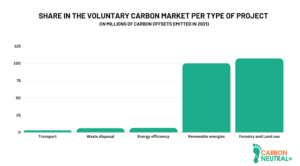
According to the Emissions Gap Report 2022, the growth rate of global greenhouse gas (GHG) emissions has declined over the last decade. Between 2010 and
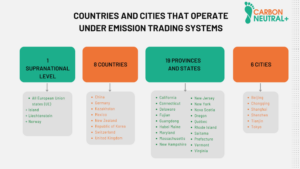
As international agreements related to corporate greenhouse gas emissions (GHG) come into force, the regulations associated with the generation of these emissions increase. This is
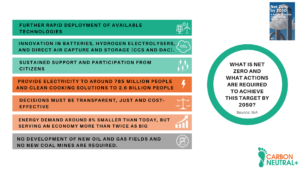
Climate change is one of the greatest concerns of our time. This phenomenon is generating consequences that are difficult to reverse, such as an increase

The Paris Agreement is an international agreement adopted on December 12, 2015 during the United Nations Climate Change Conference (COP21) in Paris, France. One of
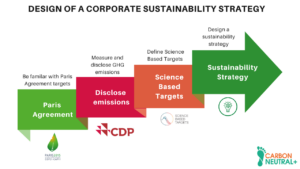
As the world faces the looming effects of climate change, more and more companies are recognizing the importance of adopting sustainable strategies that aim to
| Cookie | Duration | Description |
|---|---|---|
| cookielawinfo-checkbox-analytics | 11 months | This cookie is set by GDPR Cookie Consent plugin. The cookie is used to store the user consent for the cookies in the category "Analytics". |
| cookielawinfo-checkbox-functional | 11 months | The cookie is set by GDPR cookie consent to record the user consent for the cookies in the category "Functional". |
| cookielawinfo-checkbox-necessary | 11 months | This cookie is set by GDPR Cookie Consent plugin. The cookies is used to store the user consent for the cookies in the category "Necessary". |
| cookielawinfo-checkbox-others | 11 months | This cookie is set by GDPR Cookie Consent plugin. The cookie is used to store the user consent for the cookies in the category "Other. |
| cookielawinfo-checkbox-performance | 11 months | This cookie is set by GDPR Cookie Consent plugin. The cookie is used to store the user consent for the cookies in the category "Performance". |
| viewed_cookie_policy | 11 months | The cookie is set by the GDPR Cookie Consent plugin and is used to store whether or not user has consented to the use of cookies. It does not store any personal data. |